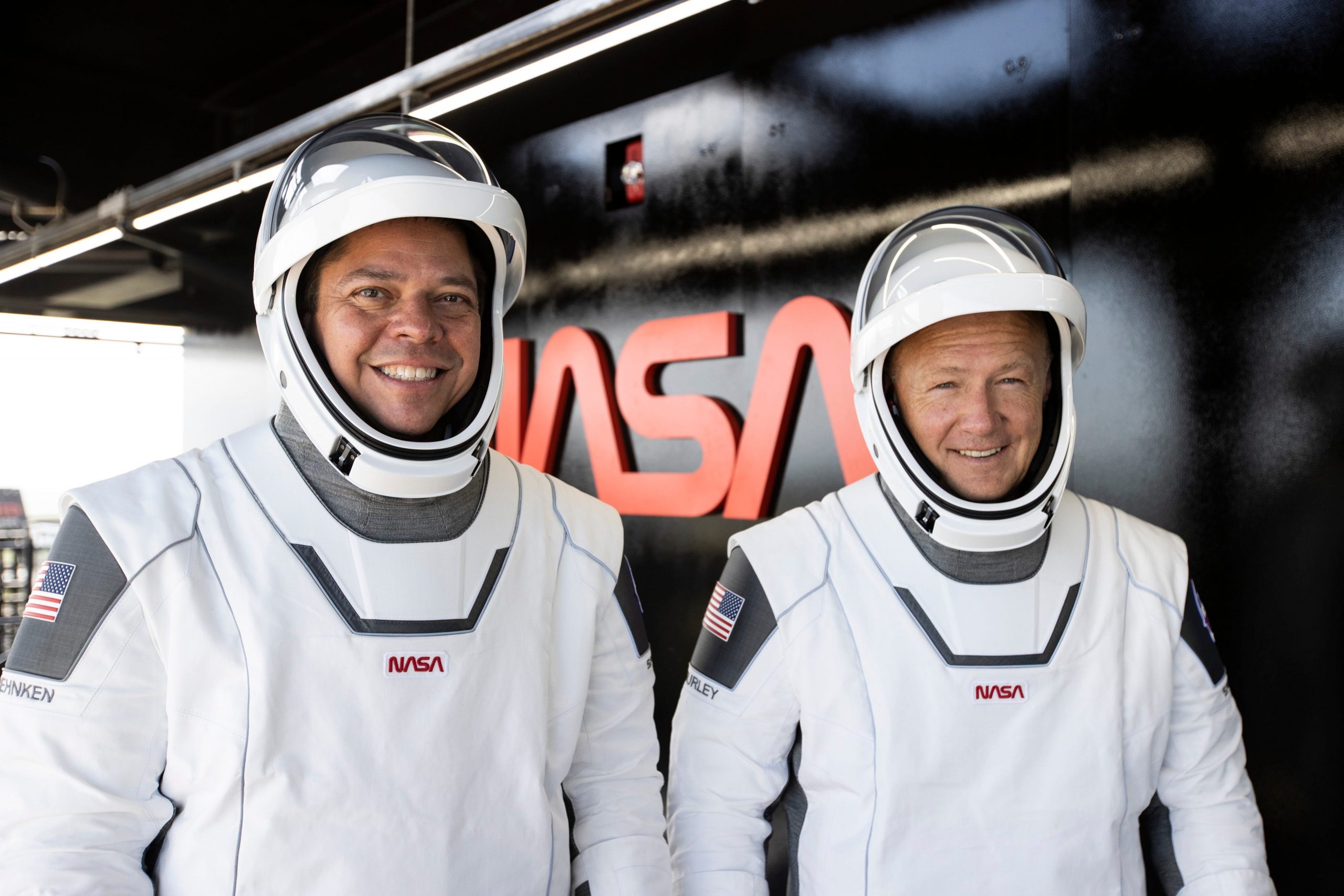- SpaceX is preparing to fly its first humans to orbit aboard a new Crew Dragon spaceship.
- The Demo-2 mission, as it’s called, is a high-stakes test flight of the astronauts Bob Behnken and Doug Hurley to the International Space Station.
- The mission on Friday passed a critical NASA safety review, teeing up the astronauts to launch from Cape Canaveral, Florida, at 4:33 p.m. ET on Wednesday.
- NASA told Business Insider it estimated there’s a 1-in-276 chance the flight could be fatal and a 1-in-60 chance that some problem would cause the mission to fail (but not kill the crew).
- Behnken said he and Hurley were “really comfortable” with the risks of their flight.
- Visit Business Insider’s homepage for more stories.
SpaceX is about to launch its first people to orbit and, in the process, resurrect human spaceflight from America.
Though SpaceX’s flight is experimental, the two astronauts scheduled to pilot it say they accept the risks and are ready to fly.
The rocket company, founded by Elon Musk in 2002, has worked for nearly a decade with NASA to design, build, and fly a new seven-seat spaceship called Crew Dragon. NASA's hope with its more than $3.1 billion effort is to once again launch astronauts from US soil - an ability the agency lost in July 2011 when it retired its last space shuttle.
NASA picked the seasoned astronauts Bob Behnken and Doug Hurley to pilot the mission, called Demo-2. If all goes according to plan, the duo should lift off atop a Falcon 9 rocket at 4:33 p.m. ET on Wednesday from Kennedy Space Center in Cape Canaveral, Florida.
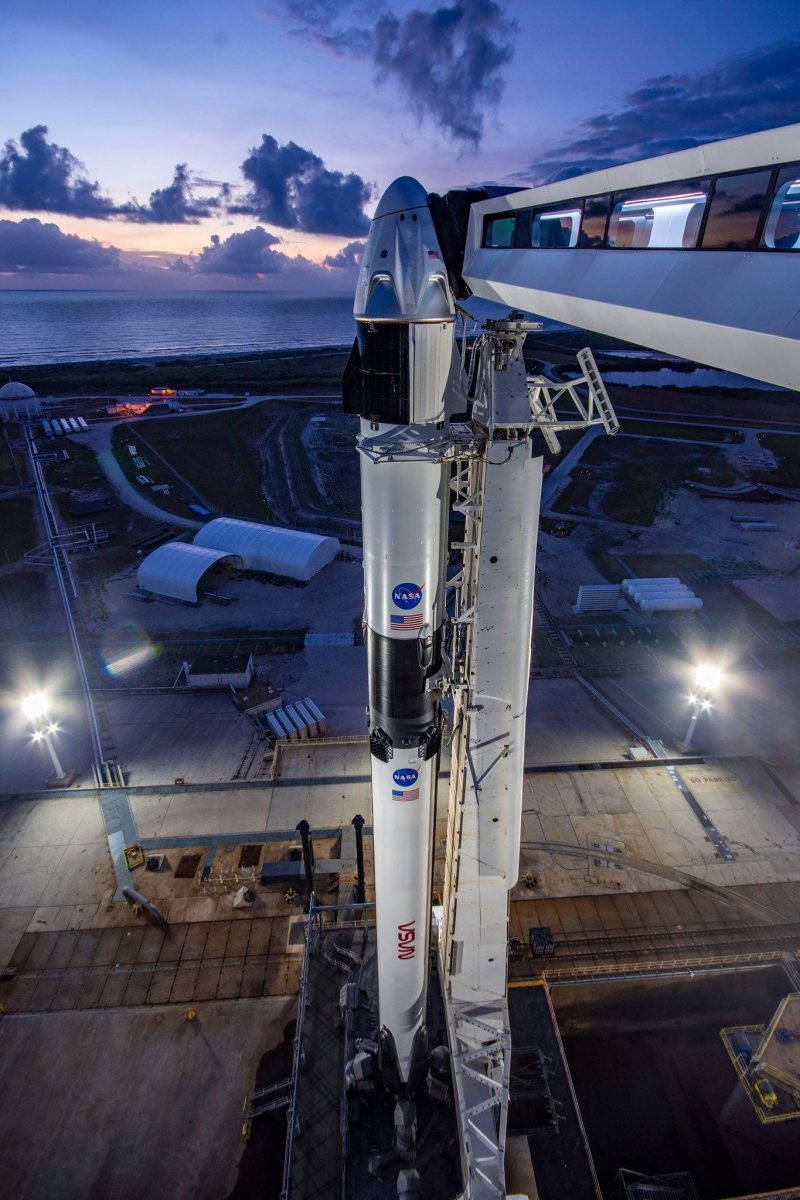
The crew would then fly to the International Space Station, dock with the football-field-size laboratory, and stay for up to 110 days before returning to Earth inside Crew Dragon.
But as NASA, SpaceX, and the astronauts themselves have made abundantly clear, Demo-2 is not only an experimental crewed test flight but the first of a brand-new spaceship in nearly 40 years.
"We're going to stay hungry until Bob and Doug come home," Kathy Lueders, who manages the Commercial Crew Program for NASA, said during a press briefing on Friday. "Our teams are scouring and thinking of every single risk that's out there, and we've worked our butt off to buy down the ones we know of, and we'll continue to look - and continue to buy them down - until we bring them home."
On Saturday, NASA told Business Insider just how risky it believed the flight would be, sharing two key risk estimates that the crew's mission would fail or that they'd be killed.
The chance of mission failure is about 4.5 times that of crew death
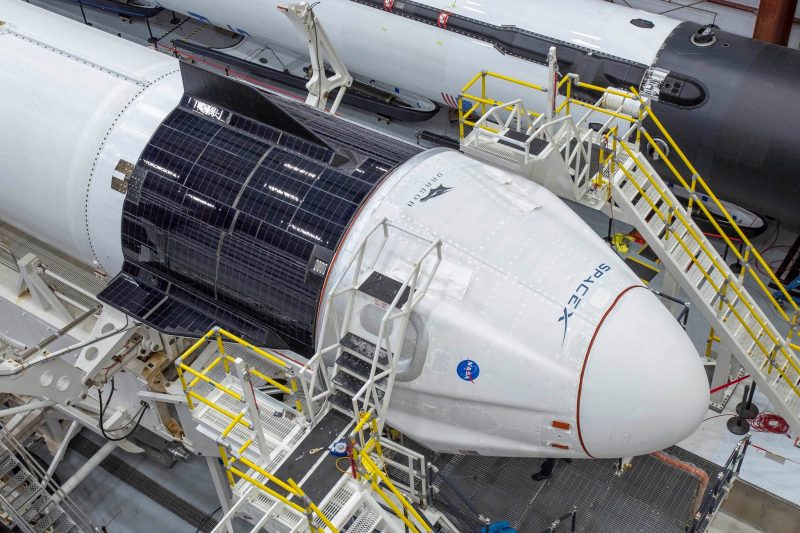
NASA's Commercial Crew Program requires providers like SpaceX and Boeing, which is also developing a new spaceship (called the CST-100 Starliner), to meet a raft of safety requirements before flying any astronauts.
Among that checklist, loss-of-crew and loss-of-mission stand out.
LOC is the chance of the crew dying in a phase of the mission. Historically, NASA's space shuttle had a LOC of about 1 in 68: The program launched 135 missions, but two (Challenger in 1986 and Columbia in 2003) ended in tragedy, each killing seven astronauts.
LOM is the chance a mission might go awry - as Boeing's Starliner spaceship did during an uncrewed test flight in December (software errors were to blame) - but not leave the crew dead.
SpaceX's crew-risk number is 1 in 276 and its mission-risk number is 1 in 60, NASA told Business Insider in an email on Saturday. SpaceX did not respond to Business Insider's request for comment.
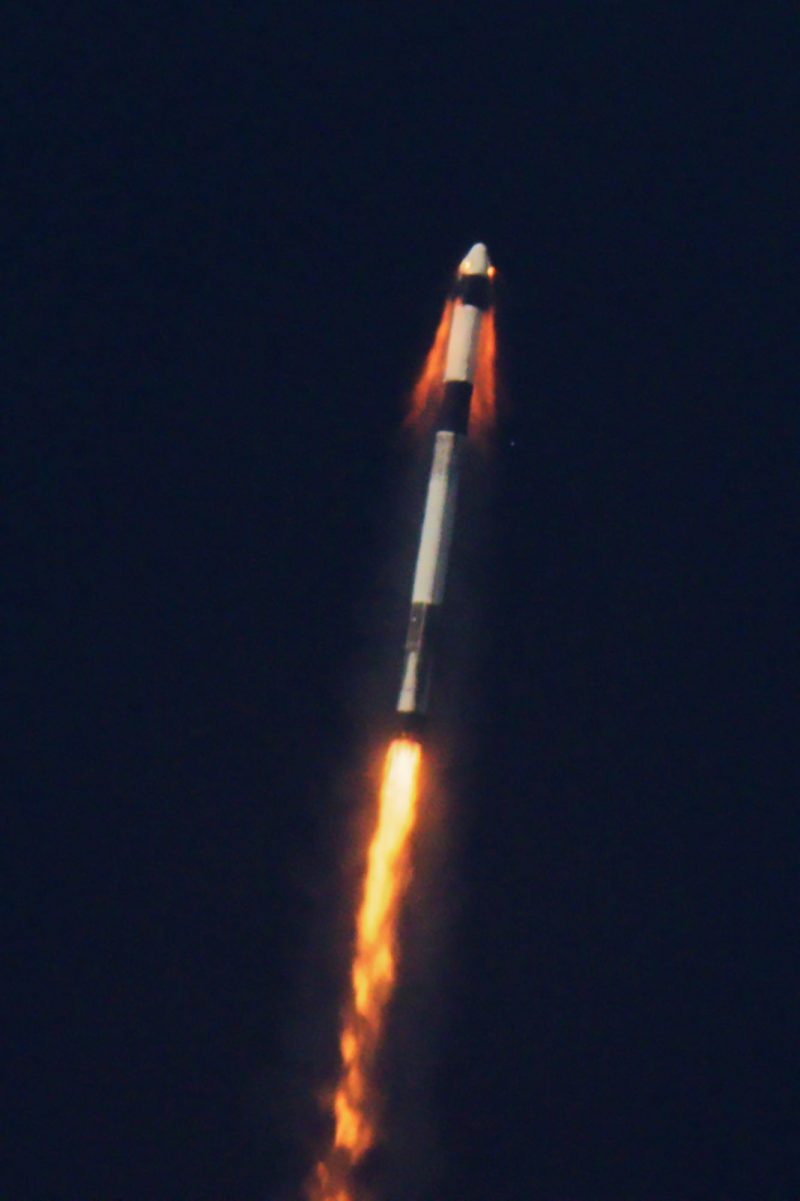
The risk to the mission is therefore consodered about 4.5 times the risk to the crew. This is in part because of SpaceX's work on its emergency-abort system, which in January proved it could fly the Crew Dragon spaceship to safety and away from a doomed Falcon 9 rocket. But SpaceX has also worked to limit the risk that space junk, asteroid and comet dust, and other debris might jeopardize a mission, both through additional spacecraft shielding work and a process to photograph the ship before it departs the ISS.
"You're flying at high speed in space and there are micrometeorites and debris out there. That's what we worry about the most, frankly," Leroy Chiao, a former NASA astronaut who launched to space four times, told Business Insider. "That's why all spacecraft have shielding, but of course if you get a big enough hit, the shields are not going to protect you."
The LOC number for SpaceX's coming mission is better than the Commercial Crew Program's requirement of 1 in 270 for the entire mission. (The LOC number must be better than 1 in 500 for launch and 1 in 500 for landing.) Its LOM number also beats the program's 1-in-55 requirement set in 2010.
That's why NASA, following a two-day safety review on Friday, indicated Crew Dragon was well on its way toward earning full approval to fly astronauts and private passengers after Demo-2.
"Today's review and the interim human rating certification went a long way to certifying the system for crewed flight," Stephen Jurczyk, NASA's associate administrator, said during a press briefing.
'We're really comfortable with it'
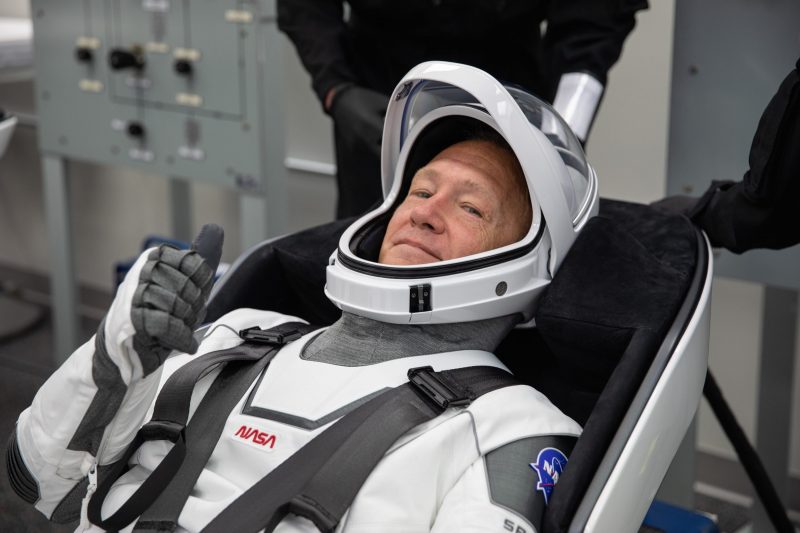
For their part, Behnken and Hurley have accepted the risk calculated by NASA and SpaceX.
"I think we're really comfortable with it," Behnken told Business Insider just after the safety review for Demo-2 finished Friday.
Behnken added that, by he and Hurley working with SpaceX on Crew Dragon for roughly five years, they'd gained more insight into the ways the mission could fail "than any crew has in recent history, just in terms of understanding the different scenarios that are at play."
The astronauts also pointed out that LOC and LOM numbers were more like tools to track safety improvements during a development program rather than ultimate checkboxes.
"Whenever we hear those numbers, we dig a little bit deeper than just what the overall statistics might imply," Behnken said. "Those numbers are best used as you kind of compare different ways of doing things or hardware changes that you might pursue."
Lueders told Air & Space Magazine in 2018 that improving the numbers required tradeoffs: "You can say, 'Yes I would love to have tons of MMOD shielding'" - protection against micrometeoroids and orbital debris - "but if that makes the vehicle so heavy I have to add another booster, well guess what? Adding another booster adds more risk too."
Chiao said pushing too hard for safer numbers could cause a spaceflight program to spiral into never launching at all.
"What's the right balance?" Chiao said. "You can make your vehicle virtually impossible to build and operate, but on the other hand, you don't want to be cavalier about things."
Both LOC and LOM are modeled via computers that, whenever possible, lean on real flight data. For example, SpaceX has launched its latest Falcon 9 rocket dozens of times, generating measurements that can be fed into simulations. SpaceX has also completed a full (though uncrewed) test flight of its new Crew Dragon vehicle and about 20 flights of its Cargo Dragon, too.
"Its evolution has become more and more safe as it's been operated, and that's something that we really do appreciate," Behnken said. "It's just remarkable to see all the other missions that have contributed to the human spaceflight program by, in some sense, being a test mission for us before we had the chance to fly on the Falcon 9."

